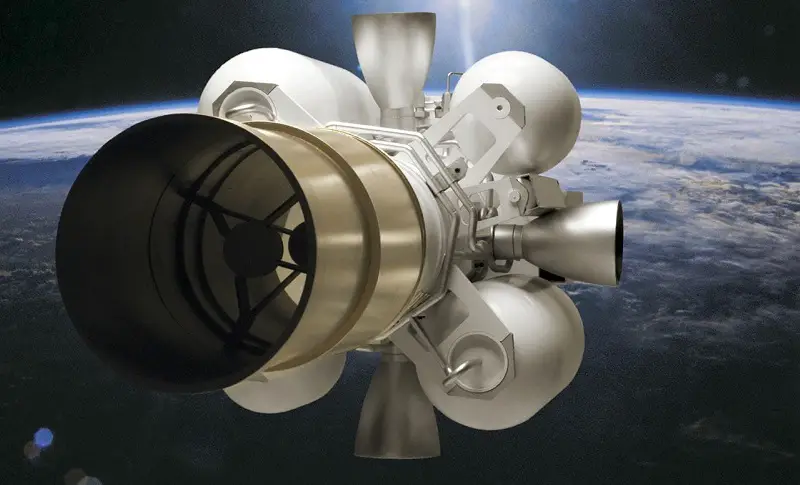Raytheon Co., Tucson, Arizona, is being awarded an indefinite-delivery/indefinite-quantity contract with a maximum amount of $621,400,000. Under this new contract, the contractor will maintain the equipment, facilities, and personnel required to transport, test, upgrade, and repair existing Exoatmospheric Kill Vehicle (EKV) in a variety of configurations. A delivery order in the amount of $84,300,000 is being issued. The work will be performed in Tucson, Arizona. The ordering period is from June 1, 2023, through May 31, 2028. One offer was solicited and one offer was received. Fiscal 2023 research, development, test and evaluation funds in the amount of $16,309,000 are being obligated on this award. The U.S. Missile Defense Agency, Huntsville, Alabama, is the contracting activity.
The Exoatmospheric Kill Vehicle (EKV) is the Raytheon-manufactured interceptor component with subcontractor Aerojet of the U.S. Ground-Based Midcourse Defense (GMD), part of the larger National Missile Defense system. The EKV is boosted to an intercept trajectory by a boost vehicle (missile), where it separates from the boost vehicle and autonomously collides with an incoming warhead. The EKV is launched by the Ground-Based Interceptor (GBI) missile, the launch vehicle of the GMD system. The EKV’s own rockets and fuel are for corrections in the trajectory, not for further acceleration. The successor to the EKV, known as the Redesigned Kill Vehicle (RKV), was scheduled to debut in 2025. The RKV program, headed by Boeing and lead subcontractor Raytheon, was canceled by the Department of Defense on August 21, 2019.

The Exoatmospheric Kill Vehicle defends the United States against long-range ballistic missiles by destroying them while they are still in space. Also known as EKV, the kinetic-force weapon is the intercept component of the Ground-Based Interceptor and part of the Ground-based Midcourse Defense System. When the Ground-based Midcourse Defense System tracks a threat, it launches a Ground-Based Interceptor, which uses a three-stage solid rocket booster to fly out of Earth’s atmosphere at near-hypersonic speeds. Once it has exited the atmosphere, EKV’s job begins. The Exoatmospheric Kill Vehicle seeks out its target using multi-color sensors, a cutting-edge onboard computer and a rocket motor that helps it steer in space. EKV guides to the target and, with pinpoint precision, destroys the threat using nothing more than the force of a massive collision. No traditional warhead is necessary.
The U.S. Missile Defense Agency carried out a successful flight test of its ground-based missile-defense system in in March 2019, with interceptors featuring a hit-to-kill warhead made by Tucson-based Raytheon Missile Systems. The test marked the second intercept of an ICBM target by a ground-based interceptor, after a successful intercept with a single missile in May 2017. The test over the Pacific Ocean was the first salvo, or multi-shot, engagement of a “threat-representative” intercontinental ballistic missile target by two ground-based interceptors, the defense agency said. During the test of the Ground-based Midcourse Defense system, a target missile was launched from the Reagan Test Site on Kwajalein Atoll in the Republic of the Marshall Islands. More than 4,000 miles away, two interceptors were launched from Vandenberg Air Force Base in California.















